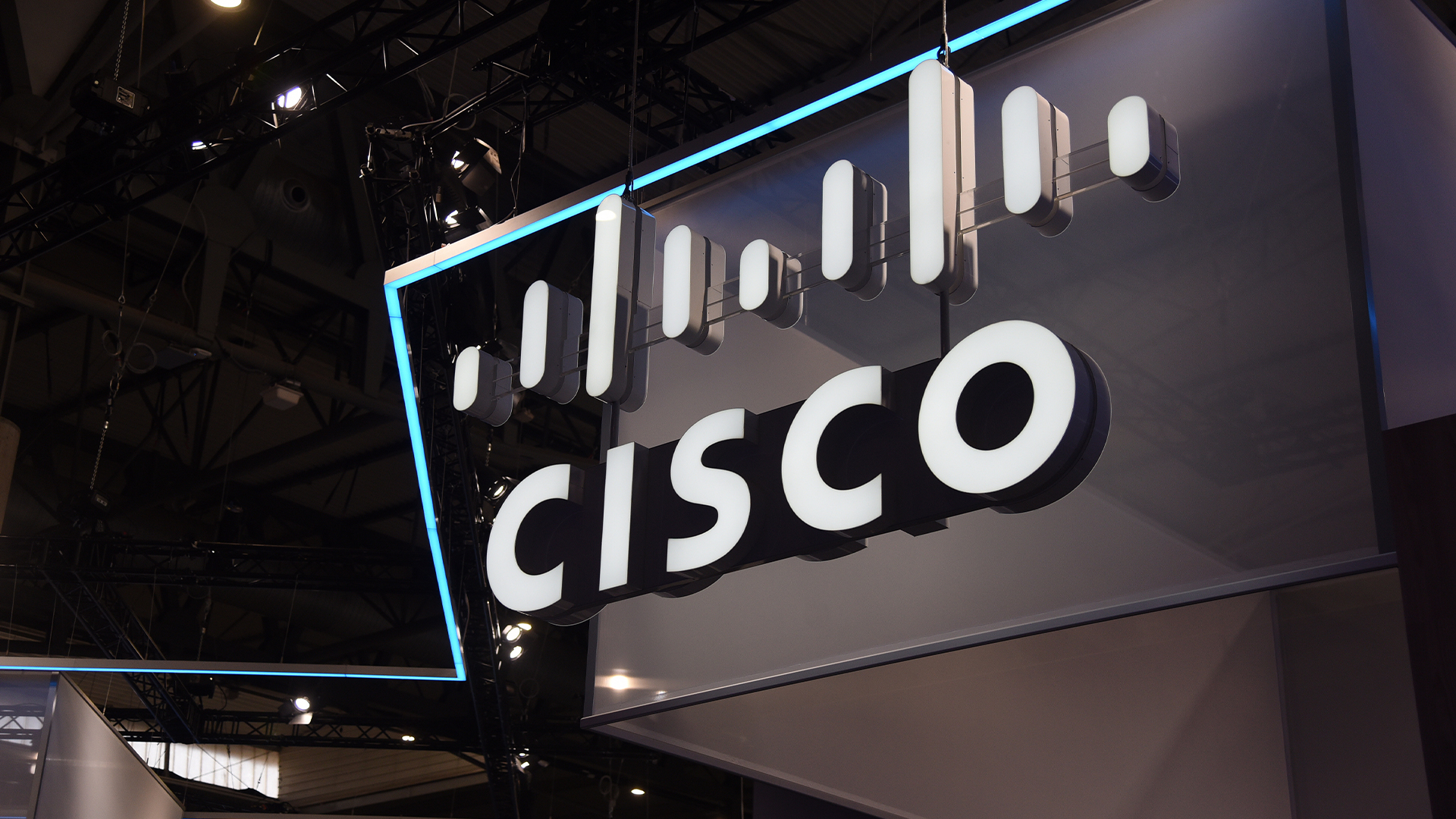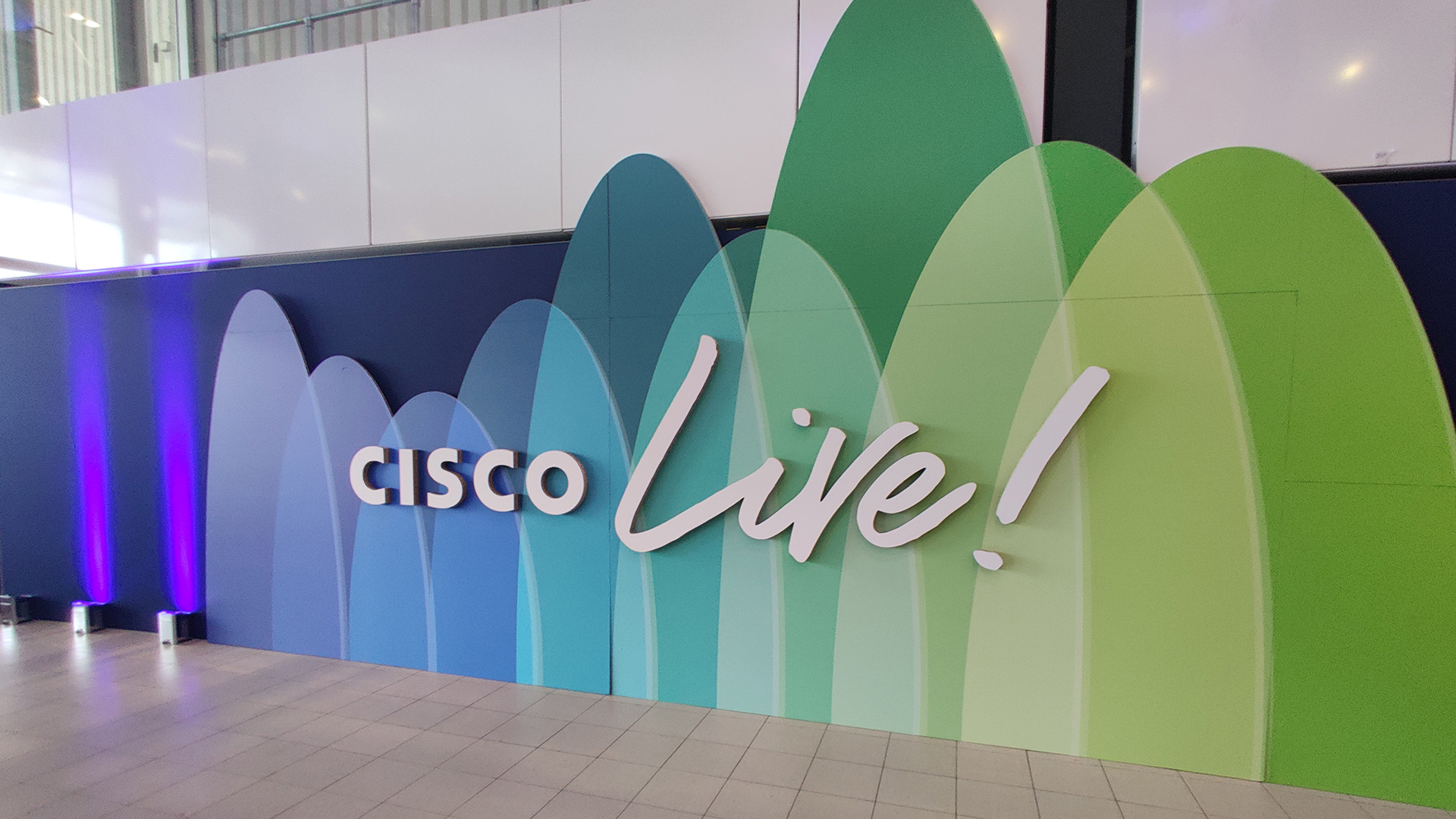Cisco: “AI is changing everything” – including security
Cisco has unveiled a series of updates to its security and monitoring software


Cisco has announced a number of updates across its security portfolio, saying that security has to be reimagined for the age of AI.
“AI is changing everything,” said Jeetu Patel, executive vice president and general manager for security and collaboration at Cisco. Patel noted that Cisco’s security division has delivered more innovation in the past year than in the previous decade combined – and that this year will see multiples of what was delivered in the previous 12 months.
He said that, as adversaries are weaponizing AI, enterprises need to rethink security which has to be done at the machine level rather than by humans.
For example, while vulnerabilities are exploited rapidly by attackers, those flaws are often not patches for somewhere between 22 and 49 days, he said. Natively building AI into core defenses is part of the fix, as well as end-to-end visibility across networks.
In April 2024, Cisco announced Cisco Hypershield, a new security architecture designed to defend modern, AI-scale data centers. Hypershield embeds security enforcement in virtual machines or Kubernetes clusters in public clouds.
It can also insert security enforcement into advanced silicon in servers and networking devices such as switches. Autonomous segregation, distributed exploit protection, and self-qualified updates, all enabled by Hypershield, is the key to fixing the challenges enterprises face, he said.
“It’s the first version of something completely new,” Patel said.
Sign up today and you will receive a free copy of our Future Focus 2025 report - the leading guidance on AI, cybersecurity and other IT challenges as per 700+ senior executives
At the Cisco Live in Las Vegas, the networking giant announced Hypershield support for AMD Pensando DPUs. Cisco also said support for Intel infrastructure processing units (IPUs) will be coming, too. Hypershield will be available in August, the company confirmed.
The networking giant also introduced the Cisco Firewall 1200 series, a new family of SD-WAN enabled, high-performing, compact firewall security appliances. This eliminates the need to have multiple appliances for switches, routers, and firewalls at enterprise branch locations, Cisco said.
The first models are expected to be available in October.
Cisco also introduced Cisco Security Cloud Control to unify management for the Cisco Security Cloud, beginning with its network security fabric, including Cisco Secure Firewall. This allows companies to define policies and apply them across a range of devices.
“This is a very modern way of going out and managing your security infrastructure,” he said.
Cisco unveils new security add-ons for Splunk
The company also unveiled a new Security Cloud Technology Add-on for Splunk as a way to get a broad range of telemetry and analytics into Splunk. Cisco Duo and Secure Malware Analytics are available now, with additional sources to be added in the coming months, the company said.
In terms of network monitoring, Cisco has extended the capabilities of its ThousandEyes monitoring software to spot problems across domains for both owned and unowned environments like the cloud.
The networking giant said ThousandEyes Cloud Insights extends end-to-end visibility deep into public cloud environments by providing topological mapping of its customers’ AWS environments.
This includes service connectivity, configuration changes, and traffic characteristics, enabling cloud operations teams to identify and resolve their most challenging issues even if they are not occurring on their own networks.
ThousandEyes Traffic Insights extends ThousandEyes visibility deeper into on-premises networks by collecting and correlating traffic flows with its synthetics measurements. This enables customers to rapidly detect performance issues and pinpoint them to real traffic bottlenecks and anomalies within their networks.
Cisco also said its ThousandEyes Endpoint Experience has added Meraki Wi-Fi and Local Area Network (LAN) telemetry and device information to give customers to gain deeper insight into local network issues impacting user experience.
Steve Ranger is an award-winning reporter and editor who writes about technology and business. Previously he was the editorial director at ZDNET and the editor of silicon.com.
-
 I couldn’t escape the iPhone 17 Pro this year – and it’s about time we redefined business phones
I couldn’t escape the iPhone 17 Pro this year – and it’s about time we redefined business phonesOpinion ITPro is back on smartphone reviews, as they grow more and more intertwined with our work-life balance
-
 The gig economy: Past, present, and future
The gig economy: Past, present, and futureFeature The rise of the gig economy represents a new era of flexible working despite being plagued with controversies
-
 Cisco says Chinese hackers are exploiting an unpatched AsyncOS zero-day flaw – here's what we know so far
Cisco says Chinese hackers are exploiting an unpatched AsyncOS zero-day flaw – here's what we know so farNews The zero-day vulnerability affects Cisco's Secure Email Gateway and Secure Email and Web Manager appliances – here's what we know so far.
-
 Researchers claim Salt Typhoon masterminds learned their trade at Cisco Network Academy
Researchers claim Salt Typhoon masterminds learned their trade at Cisco Network AcademyNews The Salt Typhoon hacker group has targeted telecoms operators and US National Guard networks in recent years
-
 Cisco ASA customers urged to take immediate action as NCSC, CISA issue critical vulnerability warnings
Cisco ASA customers urged to take immediate action as NCSC, CISA issue critical vulnerability warningsNews Cisco customers are urged to upgrade and secure systems immediately
-
 Cisco eyes network security gains for agentic AI
Cisco eyes network security gains for agentic AINews New network security updates aim to secure AI agents across enterprises
-
 Cisco patches critical flaw affecting Identity Services Engine
Cisco patches critical flaw affecting Identity Services EngineThe networking giant has urged enterprises to update immediately
-
 96% of businesses have low cyber-readiness, claims Cisco
96% of businesses have low cyber-readiness, claims CiscoThe 2025 Cisco Cybersecurity Readiness Index shows a concerning number of businesses globally are unprepared for rising AI-related threats.
-
 Cisco takes aim at AI security at RSAC with ServiceNow partnership
Cisco takes aim at AI security at RSAC with ServiceNow partnershipNews The companies claim Cisco AI Defense and ServiceNow SecOps will help address new challenges raised by AI
-
 Cisco claims new smart switches provide next-level perimeter defense
Cisco claims new smart switches provide next-level perimeter defenseNews Cisco’s ‘security everywhere’ mantra has just taken on new meaning with the launch of a series of smart network switches.
